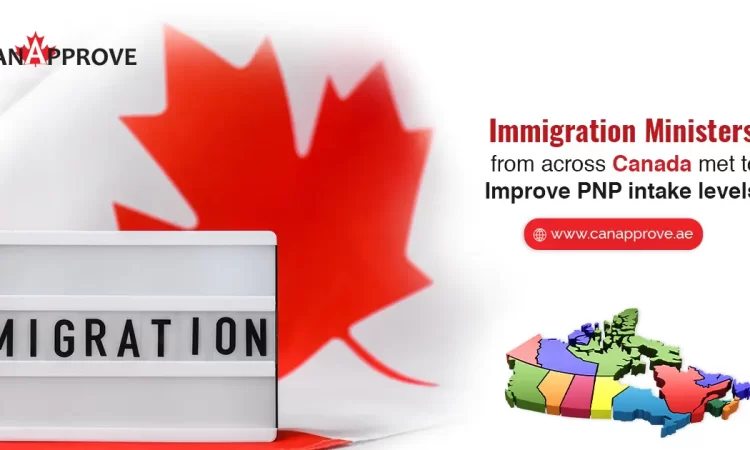The latest British Columbia PNP draw on June 26 issued over 183 invitations to apply for Canadian immigration. The westernmost province invited a majority of profiles through its targeted Tech stream draw and the remaining through two occupation-specific draws supporting the health and education sector.

All invited profiles either had prior professional work experience or international graduates with study experience in Canada and were already registered in one of the BC immigration streams to receive the provincial nominations.
| Recent statistics show that the share of immigrants admitted within the provincial nominee program is 46% |
Take this free assessment online to determine your eligibility for provincial nominee programs in Canada.
British Columbia PNP tech stream
The latest British Columbia PNP draw targeted 147 profiles under the tech stream to apply for provincial nominations. All the invited profiles had a qualifying score of 78 points.
All other tech draws held recently required a minimum qualifying score of about 85 points.
The British Columbia PNP tech draw is a fast-track, employer-driven immigration stream for the immigration of talented candidates with work experience in one of the in-demand tech occupations.
In-demand tech occupations in British Columbia include
|
All the invited profiles through BC’s Tech draws must meet the requirements of one of British Columbia’s Express Entry BC and Skills immigration categories.
It would mean that the candidates under the Skills Immigration categories must have a job offer or a current job to qualify, except for international graduates. Whereas profiles invited through the Express Entry British Columbia Stream need not have a job offer in the province.
British Columbia PNP draws: occupation-specific draws
The occupation-specific latest British Columbia PNP draw targeted two specific occupations:
- 22 early childhood educators (NOC 4214) with scores of at least 60;
- 09 healthcare professionals including veterinarians (3114) and animal health technologists and veterinary technicians (3213) with scores of at least 60;
All the invited profiles qualified for any of the sub-categories – Skilled Worker and International Graduate.
It would mean that candidates required work experience and a job offer in the province to qualify. Additionally, if you had studied at any institution in British Columbia, you could be invited through the Graduate category without a job offer.
A successful provincial nomination can lead to Canadian permanent residency. Click here to read more about it.
Apply for Canadian Immigration via Provincial Nominee Program
Applying for Canadian immigration means qualifying and obtaining Canadian permanent residency.
The provincial nominee program’s Skills Immigration Registration System (SIRS) manages applications under the two skilled immigration programs. Registration and profile assessment based on education, work experience, and language skills form the core selection criteria.
Eligible candidates may qualify for a temporary resident visa and gain work experience in Canada. Based on their Canadian work experience, they may apply for permanent residence either through the provincial nominee program or Canada Experience Class (CEC).
The latest British Columbia PNP draw nominations are valid for approximately six months from the date of confirmation.
During this time period, you can apply with IRCC under the Provincial Nominee Class and receive an invitation to apply for permanent residence through fortnightly Express Entry nomination draws. You may receive an additional 600 points under the Comprehensive Ranking System (CRS) of the Express Entry system.
A certified consultant like CanApprove can improve your chances of qualifying for Canadian immigration.
You may book a free appointment with us to explore suitable immigration pathways and determine your eligibility based on work experience and academic profile.















